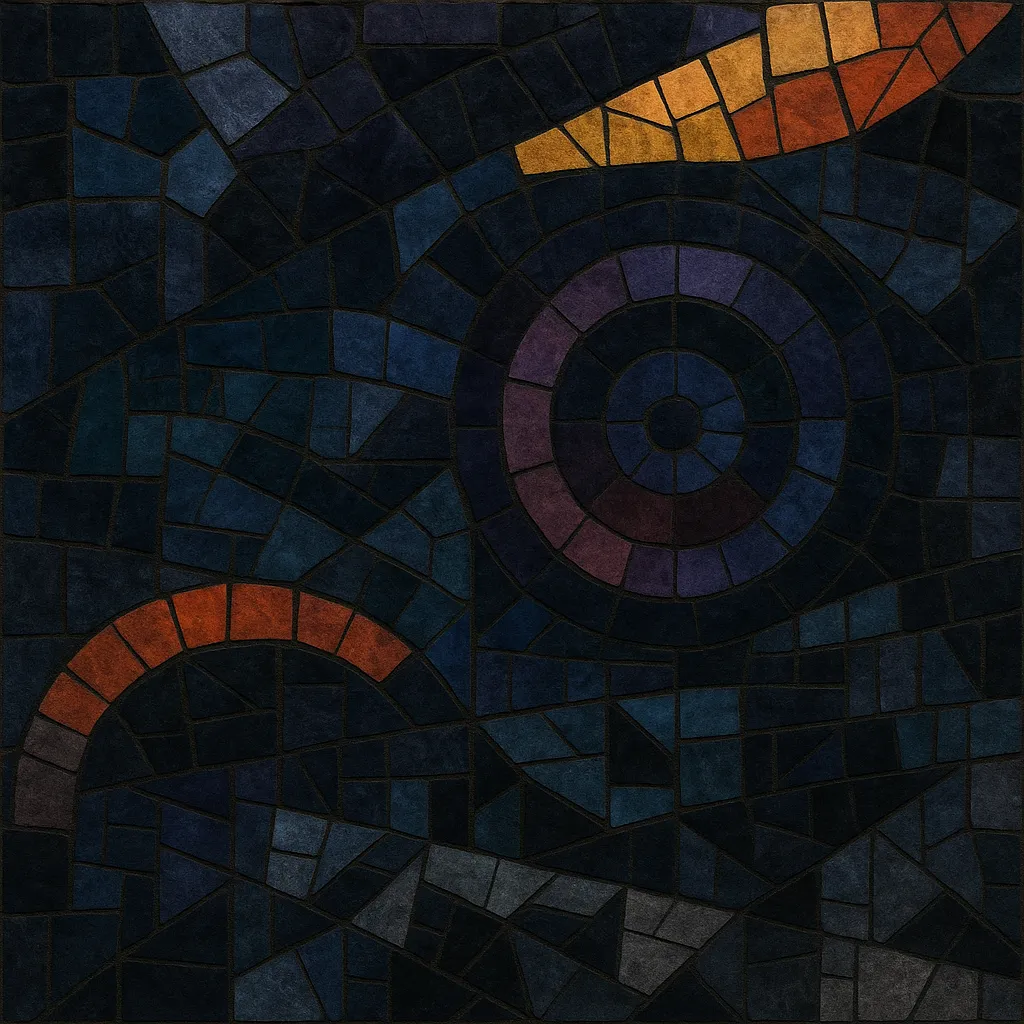New beat is a Belgian-born electronic dance style that emerged in the late 1980s by deliberately slowing down faster club records to a hypnotic, mid‑tempo groove.
It blends the regimented, mechanical punch of EBM with the squelch of acid house, the sleek sheen of synth‑pop, and the stark textures of industrial, typically at 100–115 BPM. The result is a dark, trance‑inducing four‑on‑the‑floor sound with heavy kicks, gated snares, simple minor‑key riffs, and pitched‑down chants or samples.
Characterized by austere arrangements, rubbery basslines, and moody atmospheres, new beat defined a distinct Belgian club culture that briefly dominated European dancefloors and seeded the rise of early European techno, rave, and trance.
New beat took shape in Belgium when DJs in influential clubs (notably Boccaccio in Destelbergen) began playing imported EBM, house, and industrial records at significantly reduced speeds. Slowing a track like A Split‑Second’s EBM piece “Flesh” created a heavier, ominous pulse that caught on with local dancers and selectors.
As the slowed‑down aesthetic became a scene in its own right, Belgian producers distilled the formula: four‑on‑the‑floor at around 105 BPM, stark drum machines, minor‑key stabs, and laconic vocal hooks. Labels such as Antler‑Subway, R&S Records, and Who’s That Beat? rallied around the sound, and tracks like Confetti’s “The Sound of C,” Lords of Acid’s “I Sit on Acid,” Tragic Error’s “Tanzen,” and Nux Nemo releases codified the genre’s identity.
New beat quickly moved from underground clubs to charts across parts of Europe. Its visual identity—black attire, utilitarian aesthetics, and deadpan attitude—mirrored the music’s cool severity. Compilations and club residencies spread the style beyond Belgium, while DJs fused elements of acid, synth‑pop, and EBM within the new beat framework.
By the early 1990s, tempos rose and production became more aggressive, feeding directly into Belgian techno, early trance, industrial techno, and Benelux hardcore/gabber. Although its mainstream moment was brief, new beat’s mid‑tempo hypnosis, sound design, and production values left a lasting imprint on European dance music and remain a reference point for contemporary retro‑minded producers.


